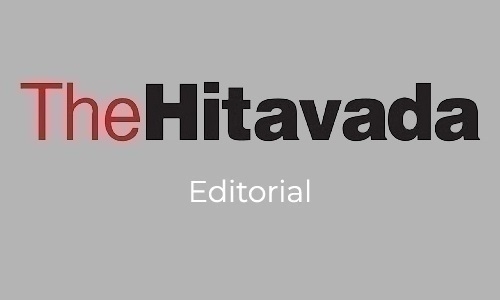one election
| Date :03-Sep-2023 |

THE Government’s move of exploring the possibility of implementation of ‘One Nation, One Election’ concept has triggered a fresh debate. It was long since in discussion, with positives and negatives both. Time and again, the concept emerged in, and vanished out of, public discourse. In the present context, the concept needs to be given a comprehensive thought and all the stakeholders must participate in the consultative process wholeheartedly and with open mind.
As stated during the ongoing discourse, simultaneous elections to Lok Sabha and State Assemblies were held in the country up to 1967, when the fourth General elections to Lok Sabha were held. In the previous elections held in 1952, 1957, and 1962, Congress party dominated the results.
Barring the Communist rule in 1957 and subsequent ouster two years later, and shared power in Orissa, Congress enjoyed unchallenged power. However, in 1967, with Congress losing a big number of seats in Lok Sabha, a new era started. The era of dismissal of other party rules in States, imposition of President’s Rule, coups followed. This disturbed the cycle of simultaneous Lok Sabha and State Assembly polls.
Sadly, that disturbance was followed by the rise of regional parties, coalition era, and appeasement politics to this day. As a result, the nation is always in political campaign mode. Even the Centre-State relations got defined by which political party was in power where.
Besides, the perpetual campaign mode has taken the political discourse to new lows.
Especially, in the present era of social media emerging as a powerful tool to influence public opinion, a lot of sectarian content is circulated to one or the other political line of thinking. Out of this, biases along casteist, religious, political, ideological lines get created that divide the society. If the elections are held simultaneously, one can hope that the perpetual campaign mode can be done away with. Political campaign may get restricted to period around elections, and rest of the time could be devoted to focussed policy making, streamlining and effectively implementing developmental and welfare initiatives. Besides, simultaneous elections might save a lot of public money that could be utilised for better purposes. That might accelerate the pace of achieving national objectives by way of systemic strengthening.
The parties or sections opposing the idea without presenting their thoughts at proper forum -- the committee headed by Mr. Ram Nath Kovind, former President of India -- need to consider these dimensions. Mr. Kovind is in a unique position, as a former lawyer and also former President. In both the capacities, he is best suited to preside over the consultative process regarding the concept that has legal, Constitutional, and political dimensions.
Another dimension that deserves to be given a thought while discussing ‘One Nation, One Election’ is that it can reshape the social discourse in the country to a more mature level. For, this concept does not only have legal, Constitutional, or political angles. The biggest of all is the social angle. For a country that is preparing a roadmap for its journey to celebrating 100 years of Independence from the British Raj, such a social change will come as a big boost as it will galvanise the national effort in the direction of being a global leader.